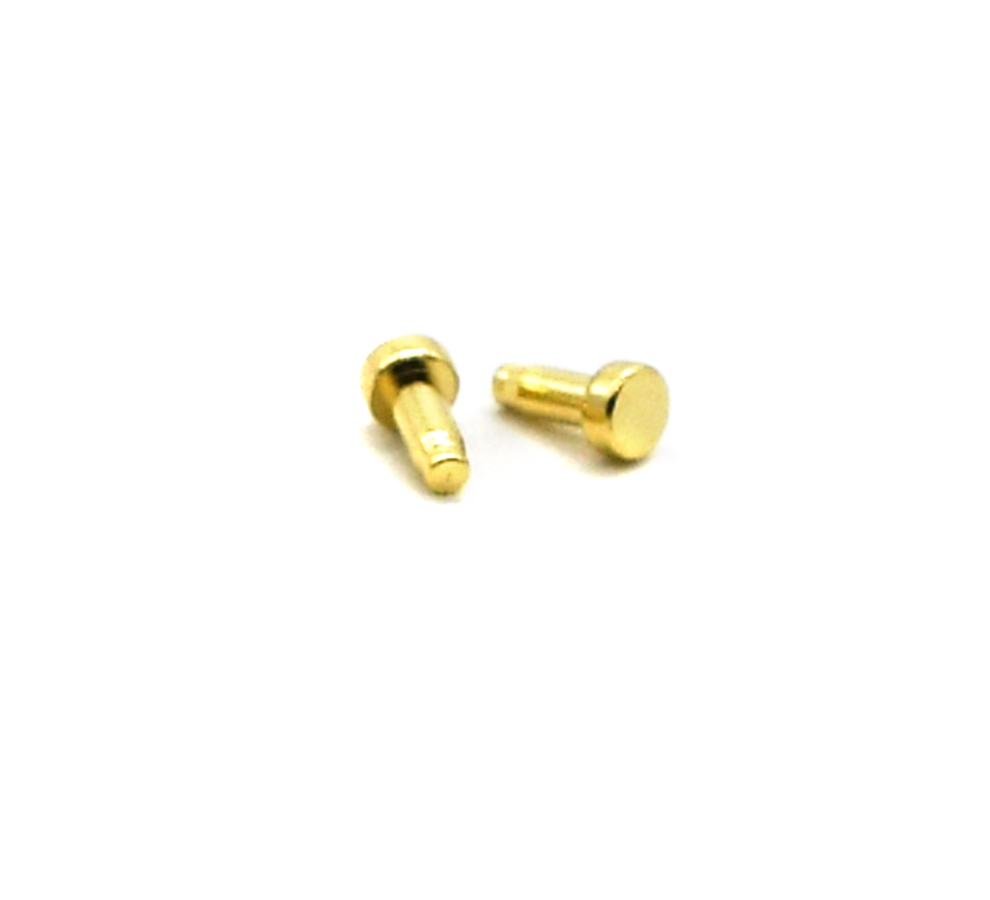Time:2025-05-24 Views:1 source:News

Central control boards (CCBs) in industrial and consumer electronics rely on pogo pins to manage interconnections between SMT components, sub-modules, and external devices. These connectors are essential for creating flexible, serviceable systems in applications ranging from home appliances to industrial automation.
In home appliance CCBs (e.g., smart refrigerators or washing machines), pogo pins connect SMT-mounted microcontrollers to sensor modules and display panels. The spring-loaded design compensates for thermal expansion of PCBs during operation, preventing loose connections that could cause system failures. For example, in a refrigerator’s temperature control system, pogo pins link the SMT temperature sensor to the CCB, ensuring reliable data transmission even as the appliance cycles between high and low temperatures. The pins’ durability (typically rated for 10,000+ mating cycles) makes them suitable for frequently accessed modules, such as removable control panels.
In industrial automation, CCBs often use pogo pins to interface with SMT-based programmable logic controllers (PLCs) and motor drivers. Heavy-duty pogo pins with nickel-plated barrels and stainless steel springs withstand harsh factory environments, including dust, oil, and mechanical vibration. These pins can carry higher currents (up to 10 amps) to power motors or actuators, while isolated signal pins handle low-voltage control signals. For example, in a robotic arm’s CCB, pogo pins provide both power and feedback signal connections between the SMT motion controller and the arm’s joint motors, enabling precise, reliable operation.
Modular CCB designs for scalable systems also benefit from pogo pins. In a data center server rack, for instance, a main CCB might use pogo pins to connect with multiple SMT-based storage or processing modules. This allows operators to add or remove modules as needed, without soldering or reconfiguring the entire board. The pins’ self-aligning feature simplifies manual assembly, reducing errors in high-volume manufacturing. Additionally, pogo pins enable “zero-insertion-force” (ZIF) connectors, which are crucial for protecting delicate SMT components during installation.
As CCBs become more complex, integrating AI and edge computing capabilities, pogo pins must support higher data transfer rates (e.g., USB 4 or PCIe 5.0) and multi-gigabit Ethernet. This requires advanced pin designs with optimized contact geometry and signal integrity features, such as differential pairs and ground shields. Meanwhile, sustainability trends are driving the use of lead-free plating and recyclable materials in pogo pin manufacturing, aligning with global regulations like RoHS and REACH.
Read recommendations:
40~60A current and voltage probe